Currency Trading: How to Access and Trade the World’s Biggest Market
$10.49
| Author(s) | |
|---|---|
| Format |
|
| Pages |
315 |
| Publication Year |
2003 |
In Currency Trading: How to Access and Trade the World’s Biggest Market. Philip Gotthelf provides the first comprehensive guide to currency speculation aimed toward the average investor. Combining fundamental and technical analysis, this book teaches traders how to take advantage of fluctuations within the currency markets and capture enormous gains. Currency Trading takes the latest developments in the FOREX market and provides readers with a complete trading plan.
Introduction:
The purpose of this text is to provide an understanding of foreign exchange trading. Although I may reference historic changes in the international currency system, the past does not necessarily reflect the future because the entire concept of foreign exchange has changed and continues to change. The Bretton Woods Accord is interesting, but irrelevant to today’s market. Debating a gold standard is an interesting intellectual exercise, but may have no bearing on how currencies are valued today.
Therefore, the ultimate objective is to get down to the business of trading currencies to earn huge returns. I say huge because it is an appropriate description. Just since the introduction of the euro currency, the U.S. Dollar Index moved 16 percent while the euro currency futures plunged from 1.2200 to 0.8245 against the greenback—a whopping 32 percent. Using leveraged futures or options, the profit potential magnifies more than 100 times. Perhaps calling this huge is an understatement. Before that interim trend concluded, there was a 50 percent appreciation in the dollar relative to European currencies. After the terrorist attacks on September 11th, the dollar finally reversed. Amazing profit opportunities became available in 2002 by selling dollars or buying the euro, yen, Australian dollar, and even the pound.
Of course, anyone can relate past movements. The key is learning how you can participate. Along such lines, you must know how you can trade in these exciting markets. There are texts describing how professional currency traders and brokers trade or how institutions use various markets and strategies to deal with adverse currency fluctuations. However, one question remains: How do you make money? If this is your question, read on! Learn how various currency markets like futures, options, Interbank, and forwards work. Discover why currencies change value (parity) and see how market theory has been altered by innovations such as interest rate futures, derivatives, and synthetic transactions. What do international trade balances do to currencies? How do interest rates correlate with currency values?
You’ll want to know which markets are best for you. Should you use the Interbank, futures, or options? What are the new electronic markets and how can you take part? What are the risks and exposures? After answering these basic questions, we’ll explore predictive skills and methodologies. What are the time-proven trading approaches? How can you potentially build unimaginable wealth? Can you enjoy the excitement and fast action?
There is also the concern about panics and monetary meltdowns. How real are the possibilities and what can you do to protect yourself against such events? All too often, we assume good times are here indefinitely. However, history demonstrates there are economic and social cycles that can alter perception and cripple public confidence. After all, the money you carry is no more than paper with sophisticated printing. This paper may be exchanged for tangible goods and services because you and your counter party have faith in the paper’s value. But it’s just paper—more now than ever. What happens if we lose faith?
Contents:
- Money, Currency, and Foreign Exchange (Forex)
- Understanding Parity
- The Wealth of Nations
- Shifting Sands of Fundamental Analysis
- Interventions, Scams, Rouges, and Manipulations
- Understanding the Markets of Cash, Futures, and Options
- Practical Trading Strategies
- Market Behavior
- Great Expectations
Currency Trading: How to Access and Trade the World's Biggest Market By Philip Gotthelf pdf
3 reviews for Currency Trading: How to Access and Trade the World’s Biggest Market
Clear filtersOnly logged in customers who have purchased this product may leave a review.

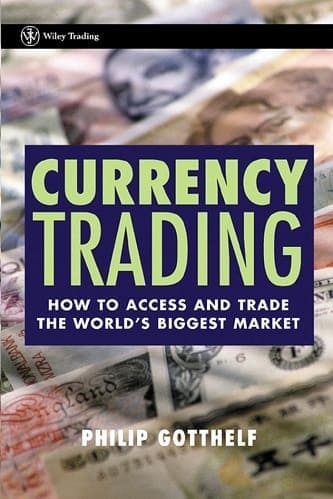
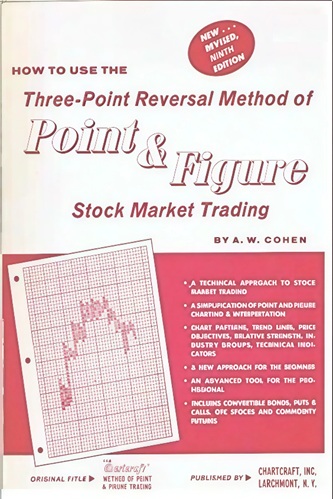


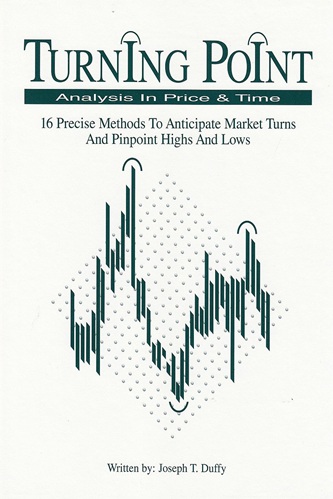
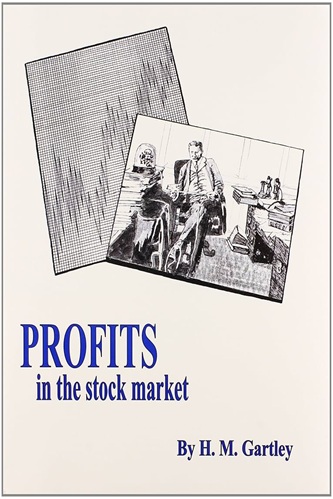
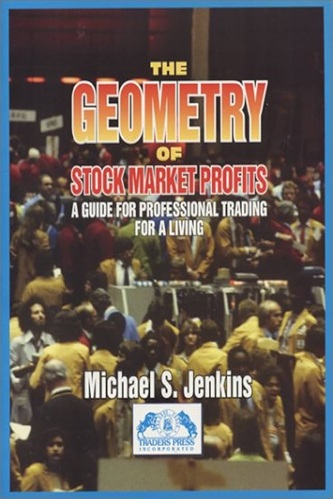
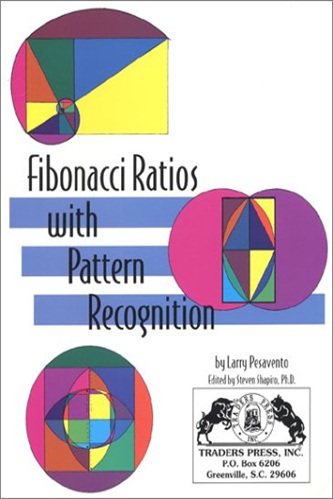
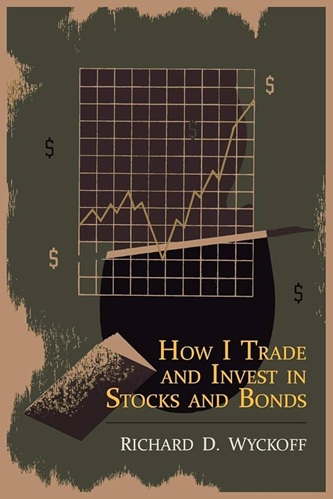
Emmalynn Erickson (verified owner) –
I’m extremely disappoited in this heavily overpriced book! There is only some very vague general information, ” something about…”. Absolutely nothing useful, not a bit to learn from even for beginner.
Jacoby Pineda (verified owner) –
How else to explain that banks are brought down not by “rogue” traders but rather by “rouge” traders – is there a secret market for cosmetics derivatives? – that Switzerland has adopted the Euro, that a chart is described as listing a gain from 93 to 97 but only shows a gain of 93 to 95 etc., etc., etc ad nauseam.
In my eyes, this book is so pathetic that it is only a slight exaggeration to suggest that all those involved in the creation of this book should never be allowed to touch paper and pencil again.
Liam Dickson (verified owner) –
In theory the concept of parity is belieivable.But to implement it I guess one would need some really sophisticated tool and the book is not a practical guide to implement his concept. Even though book needs serious editing, someone academically inclined may find this book interesting.